Recently, technology has experienced significant development, establishing many gadgets to simplify our lives.
This article will discuss the top computer engineering products. Keep reading, and you will know how much this sector has contributed!
We cover the top-rated products in the field right here. Let’s read on to discover!
1. Personal Computer
A personal computer is a compact, low-cost computer designed mainly for individual use.

The name refers to desktop computers and the abbreviation PC, which stands for “personal computer” in English.
Uses
A laptop computer, often known as a notebook or portable computer, is a tiny version meant to be transportable.
Only one person can use this item at a time to perform multiple tasks, such as Internet surfing, word processing, programming, media playback, and many more.
A modern PC user may have a strong understanding of the operating system and application software, but they aren’t necessarily involved in programming.
The PC is a highly desirable piece of technology all across the world. Its ability to analyze data also has increased its usefulness.
Benefits
- Upgradable components
- Cost-effective
- Easy to repair
- High power and expandability
- Customizable
Challenges
- Hard to move around
- Noisy
- Space-consuming
2. Supercomputers
The supercomputer is also a computer. However, it performs at a higher standard than a general-purpose model.
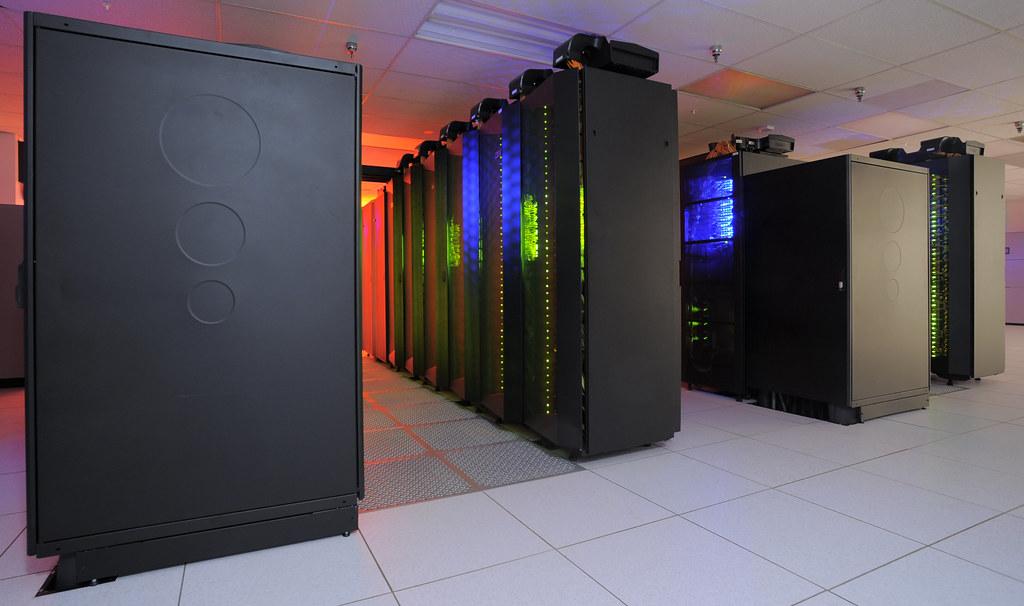
People measure the performance of this system using FLOPS (floating-point operations per second) instead of MIPS (million instructions per second).
The system contains thousands of processing units. They can carry our billions or even trillions of operations per second.
Uses
Supercomputers work well in scientific and technical applications that need a lot of data and calculations, such as quantum mechanics or physical simulations.
Recently, supercomputer design has shifted away from private, in-house systems and toward Linux.
The most sophisticated supercomputers contain many processors that can process data simultaneously.
Supercomputers are also famous in many scientific and academic research organizations, engineering businesses, and big enterprises that demand enormous processing capacity to ease their jobs.
Benefits
- Cost-effective
- Security
- High speed
- Ability to complete complex tasks
Challenges
- High maintenance
- Limited storage
- Heat release
3. Mobile Computer Hardware
Mobile computing technology allows data, audio, and video to be delivered wirelessly from a PC or other devices without the need for a fixed physical connection.
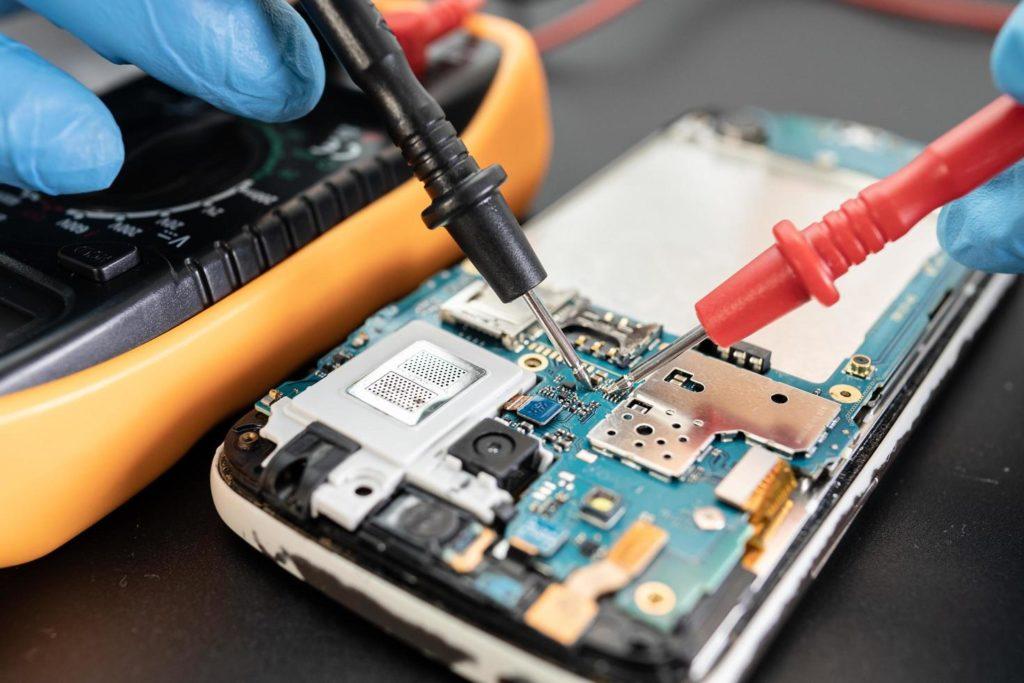
Mobile hardware refers to devices or elements of devices that accept or use mobility services.
Uses
A multifunctional PC can be a smartphone, PC, tablet, wristwatch, or any other remote useful gadget that enables remote communication with others. Hence, you can use it while driving, flying, or riding a motorcycle.
You’ll need a Wi-Fi connection, GSM, portable information signals, or Bluetooth to transmit data to other devices.
Besides, by using a mobile phone or PC, you may launch a time-following software at any moment, allowing that program to manage your time effectively.
Benefits
- Versatile
- Simple to transmit data
- Compatible with many gadgets
- High processor and RAM
Challenges
- Battery issue
- Risks of leaked information
- Interference
4. Server Computer Hardware
A server is a hardware or software device that receives and executes network requests.
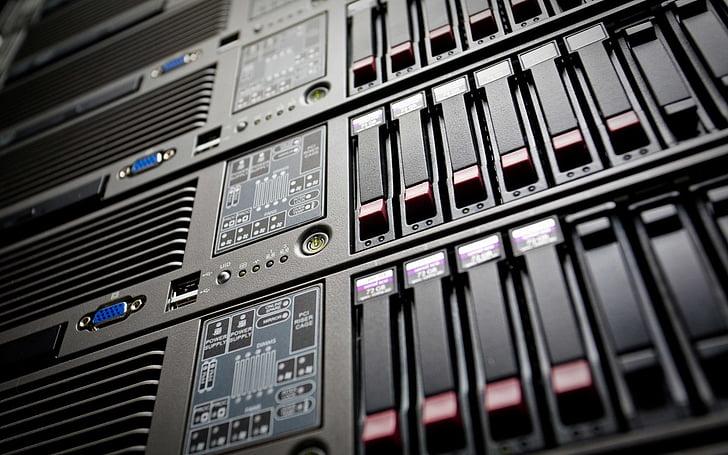
Server hardware requirements vary considerably based on the server’s function and program.
Many servers can run unsupervised without a desktop screen or input tool, audio equipment, or USB ports since they are often accessible through a network.
Uses
Servers are in charge of the network’s assets. A user could build up a server to manage network access, send or receive an email, handle print jobs, or run a website.
They’re also capable of doing complicated tasks. The dedicated servers can perform a specific job, while shared servers can work with a lot of things, such as FTP, DNS, email, and websites.
Servers have to work 24/7 since people use them to provide services that are always in demand. When they fail, they will cause multiple problems for the network users and businesses.
Benefits
- Reliability and convenience
- Stable and effective operation
- Many hard drive slots
Challenges
- Quite expensive
- Heat release
- Noisy
5. Built-in Computer
A custom-built computer, also described as a pre-built system, is a computer constructed from readily available components bought from a computer supplier.
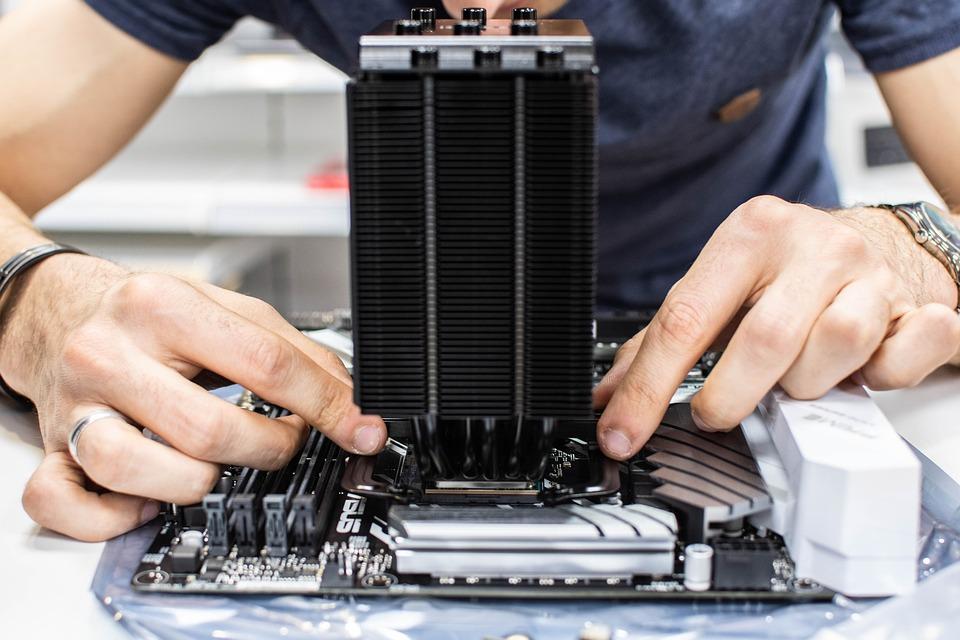
Because it removes the labor involved in manufacturing a system, this computer is relatively inexpensive to build.
Uses
The built-in computer can do tasks similar to those accomplished by other computers, such as accessing the web or playing games. The difference is that building a computer has turned into a pastime.
Building desktop computers was once a popular hobby. We could not only create a computer that surpassed pre-built ones, but we could also customize it with any components we wanted.
Homebuilders found it hard to replicate the rising popularity of laptops. However, the price of PC parts has become cheaper recently, and people have started building computers again.
Benefits
- Cheap
- Highly customizable
- High-end final product
- Personal satisfaction
Challenges
- No warranty protection
- Lack of technical support
6. Microelectronic Components
Microelectronics is an electronics area specializing in the production of electronic components using very tiny and microscopic parts.
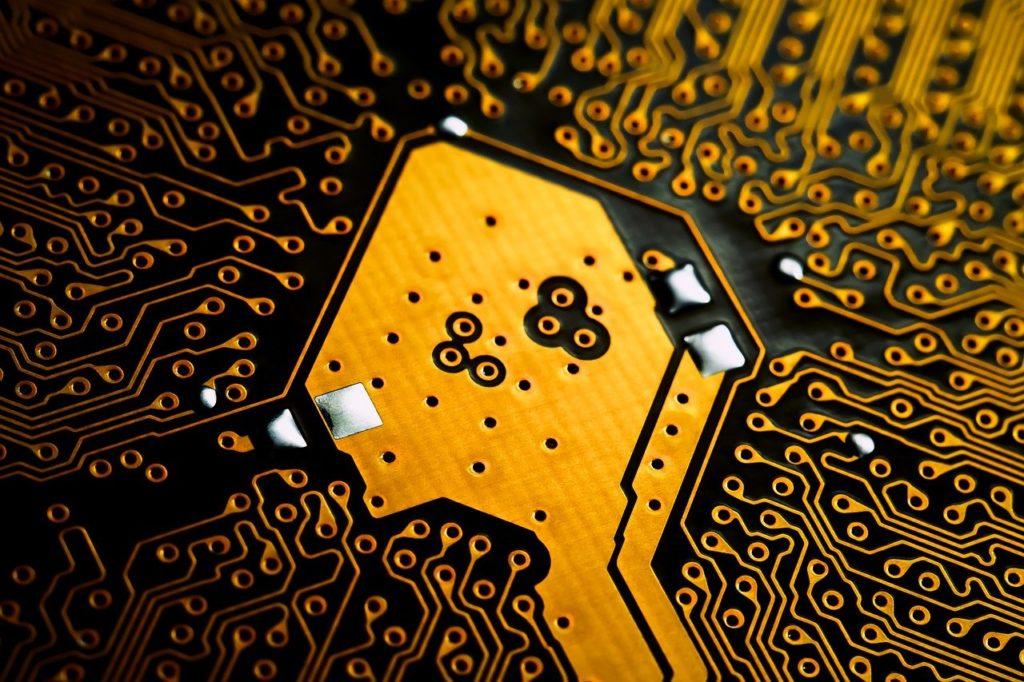
Due to the increasing demand for affordable and lightweight hardware, microelectronics has speedily developed as the most in-demand sector in electronics.
Uses
Microelectronics has influenced our daily lives in different ways, making our tasks a bit more comfortable and easier.
For example, it is now common to find a fully-equipped system that allows us to preset the oven to a specific temperature and prepare our food while browsing the web.
Microelectronics has also made a significant contribution to optimized electricity control.
This technology has also had a significant impact on humanity and other industries like telecommunications, multimedia, and computers.
Benefits
- Inexpensive
- Multiple functions
- Low power consumption
Challenges
- Battery and signal issues
Conclusion
Technology has established countless products that change our lives. Since computer engineering is an essential sector of this large field, its contribution also plays a vital role in upgrading our living standards.
Hopefully, you will find this article helpful. For any further information, please feel free to ask. Thank you for reading!
